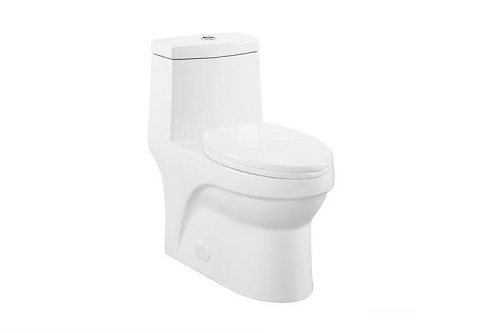The modern toilet is truly a remarkable creation of mankind. It is something that we use multiple times a day without giving it much thought until it malfunctions.
Unfortunately, toilets tend to fail at the most inconvenient times, like during a New Year’s Eve party when you have guests over. However, if you familiarize yourself with the various parts of the toilet and how they work, you can easily make simple repairs.
Let’s explore some of the components that may need attention to restore your toilet to its optimal functionality.

Bowl: The bowl is the rounded part of the toilet that holds water and waste.
Tank: The tank, which is typically black, holds the water used for flushing and houses the essential components of the toilet.
Stop valve: The stop valve, usually located on the wall behind the toilet, controls the water supply to the toilet.
Supply tube: Connected to the stop valve, the supply tube carries fresh water from the main water supply to the refill tube.
Float Ball: The float ball floats on top of the water in the tank, and signals the water supply when the tank is full.
Float Cup: In many newer toilets, the float ball has been replaced by a float cup placed on the valve body. The float cup rises and falls with the water level, closing the ballcock valve on the refill tube when it reaches a predetermined height.
Refill Tube: The refill tube fills the tank with fresh water when the float ball falls to a certain level. Once the float ball rises to the top of the tank, the water supply is shut off.
Trip Lever: When the user pushes the handle to flush the toilet, the trip lever raises the flapper.
Chain: The chain links the trip lever to the flapper, allowing the flushing action to occur inside the toilet replacement when the flapper is raised.
Flapper: The act of raising the flapper through the trip lever results in the creation of suction, which in turn initiates the flushing mechanism within the toilet bowl.
Overflow Tube: The overflow tube prevents the toilet water from overflowing.
Toilet Wax ring: The toilet wax ring is positioned beneath the toilet and serves as a base for the toilet to sit on.
Finally, the trap is located beneath the toilet bowl and separates the main waste pipe from the toilet.
By understanding these various parts and their functions, you can troubleshoot and fix common toilet issues, ensuring that your toilet operates smoothly.
A Handyman is a versatile contractor who specializes in a wide range of household repairs and installations. When you don’t know what to look for, finding one from the best handymen can be challenging for you. A reliable company like Handyman Pro Services has been in the handyman business for years. They will be able to handle your toilet replacement or repair with ease.
All of their services and workmanship are backed by a satisfaction guarantee and they stand behind their work.
To know more about their toilet replacement service and other services please visit https://www.handymanproservices.com/ today!
